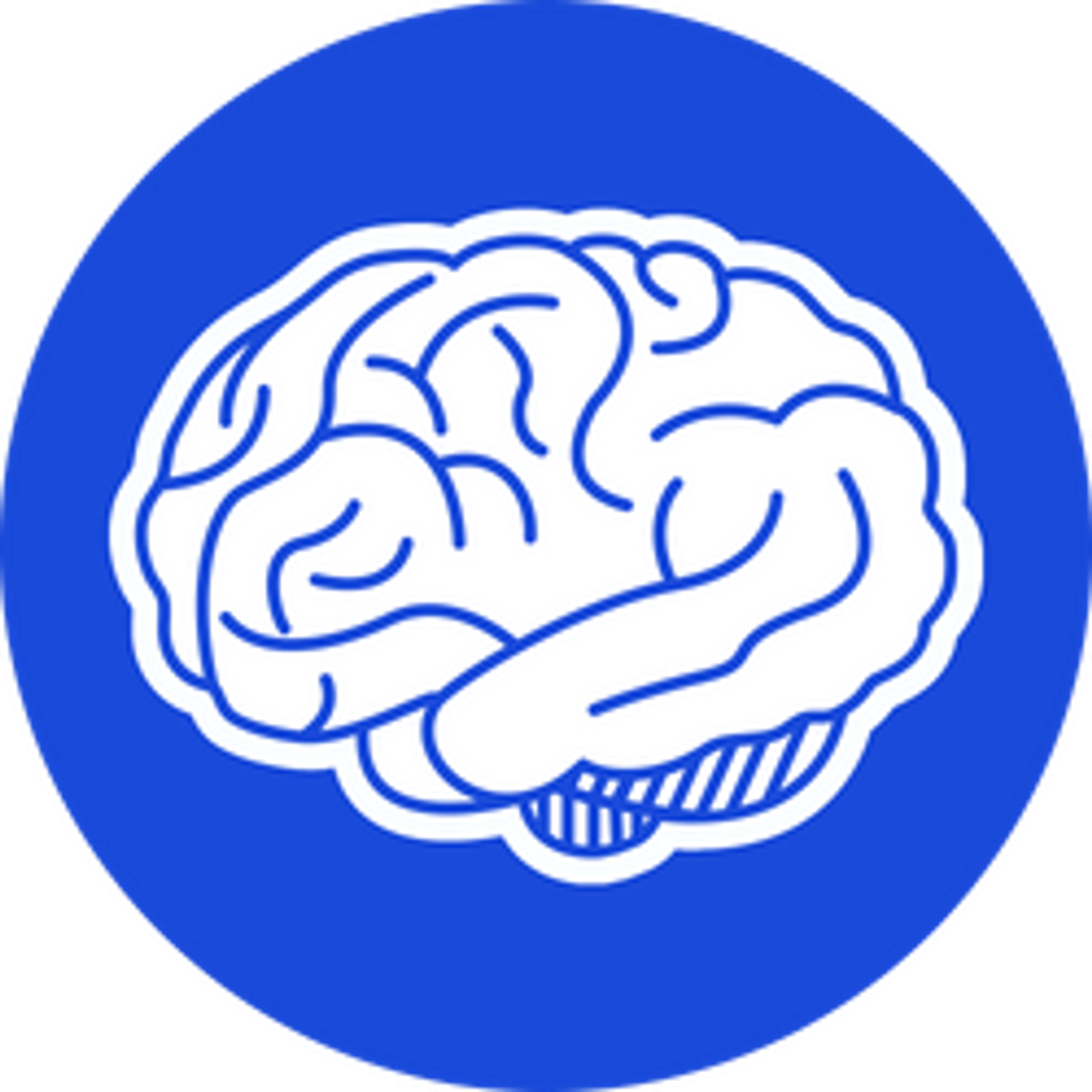Slug
bells-palsy
Video
Category
Facial Palsy
Excerpt
Bell's palsy is a condition that causes one side of a person's face to become weak or droop. It is also known as idiopathic facial palsy. This can happen when one of the nerves that control the muscles in the face, or cranial nerve VII (facial nerve), gets damaged or stops working.
Authors
Tags
Featured
Featured
Ready to Publish
Ready to Publish
Publish Date
Nov 19, 2022
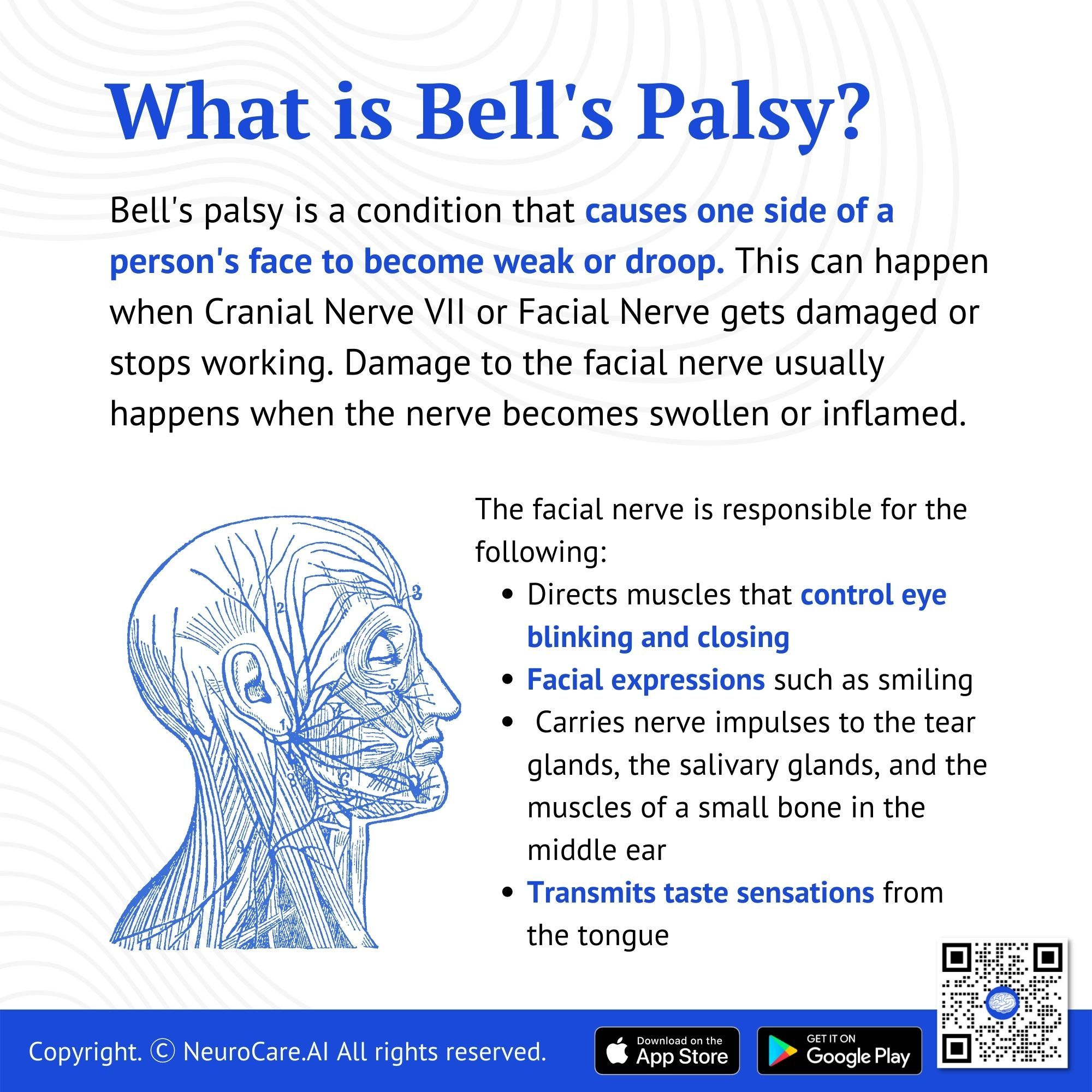
What is Bell's palsy?
Bell's palsy is a condition that causes one side of a person's face to become weak or droop. It is also known as idiopathic facial palsy. This can happen when one of the nerves that control the muscles in the face, or cranial nerve VII (facial nerve), gets damaged or stops working. The facial nerve directs the muscles of the face, including those that control eye blinking and closing and facial expressions such as smiling. The facial nerve also carries nerve impulses to the tear glands, the salivary glands, and the muscles of a small bone in the middle ear. The facial nerve also transmits taste sensations from the tongue. Damage to the facial nerve usually happens when the nerve becomes swollen or inflamed.
Bell's palsy is the most common cause of facial paralysis, although its exact cause is unknown. Generally, Bell's palsy affects only one side of the face; however, in rare cases, it can affect both sides. Symptoms appear suddenly over a 48 to 72-hour period and generally start to improve with or without treatment after a few weeks, with the recovery of some or all facial function within six months. In some cases, residual muscle weakness lasts longer or may be permanent.
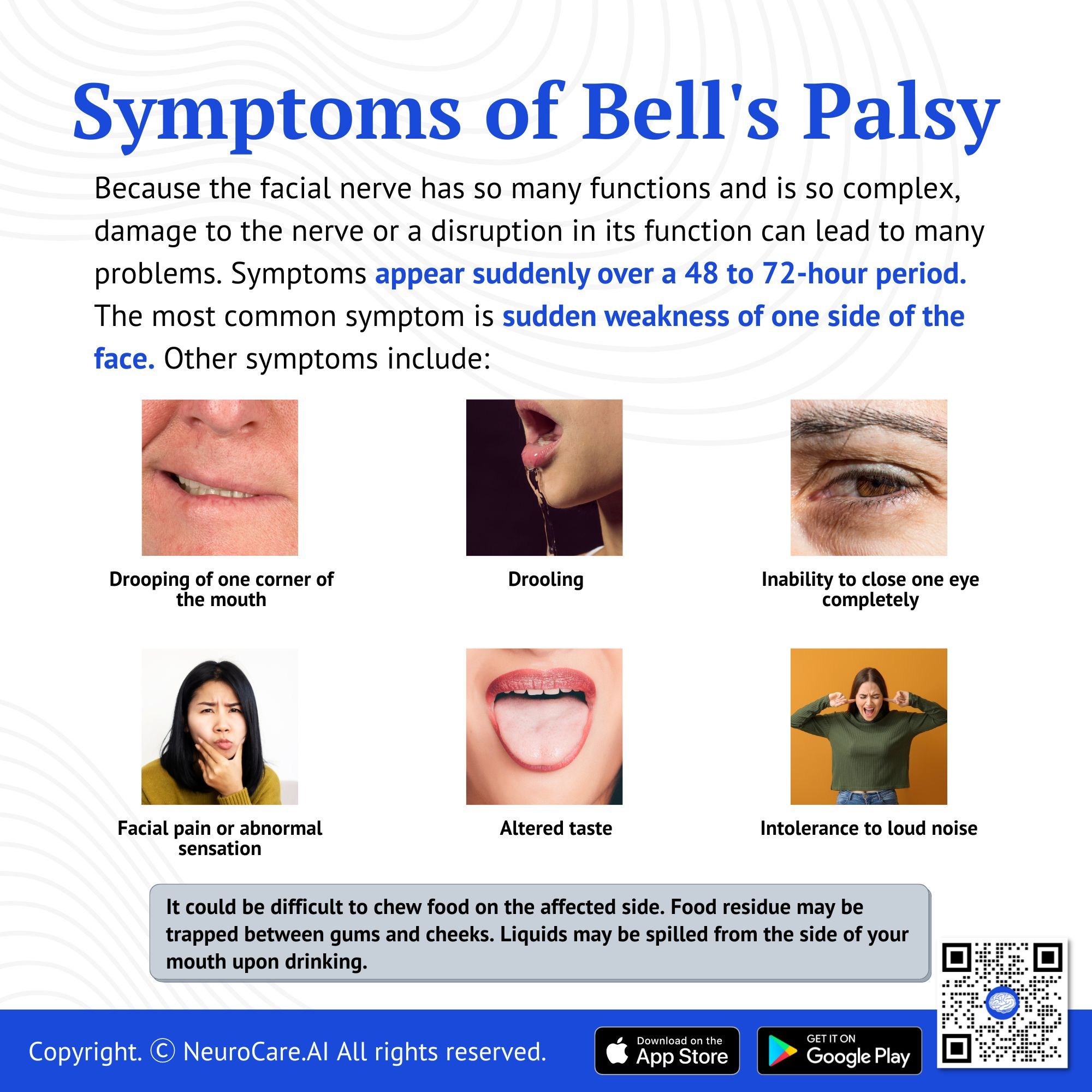
What are the symptoms of Bell's palsy?
Because the facial nerve has so many functions and is so complex, damage to the nerve or a disruption in its function can lead to many problems. Symptoms of Bell's palsy can vary from person to person and range in severity from mild weakness to total paralysis. The most common symptom is sudden weakness of one side of the face. The weakness on one side of the face could appear fairly apparent when you first notice it in the morning after waking up.
Other symptoms may include:
- Drooping of one corner of the mouth
- Drooling
- Inability to close one eye completely
- Facial pain or abnormal sensation
- Altered taste
- Intolerance to loud noise
It could be difficult to chew food on the affected side. Food residue may be trapped between gums and cheeks. Liquids may be spilled from the side of your mouth upon drinking.
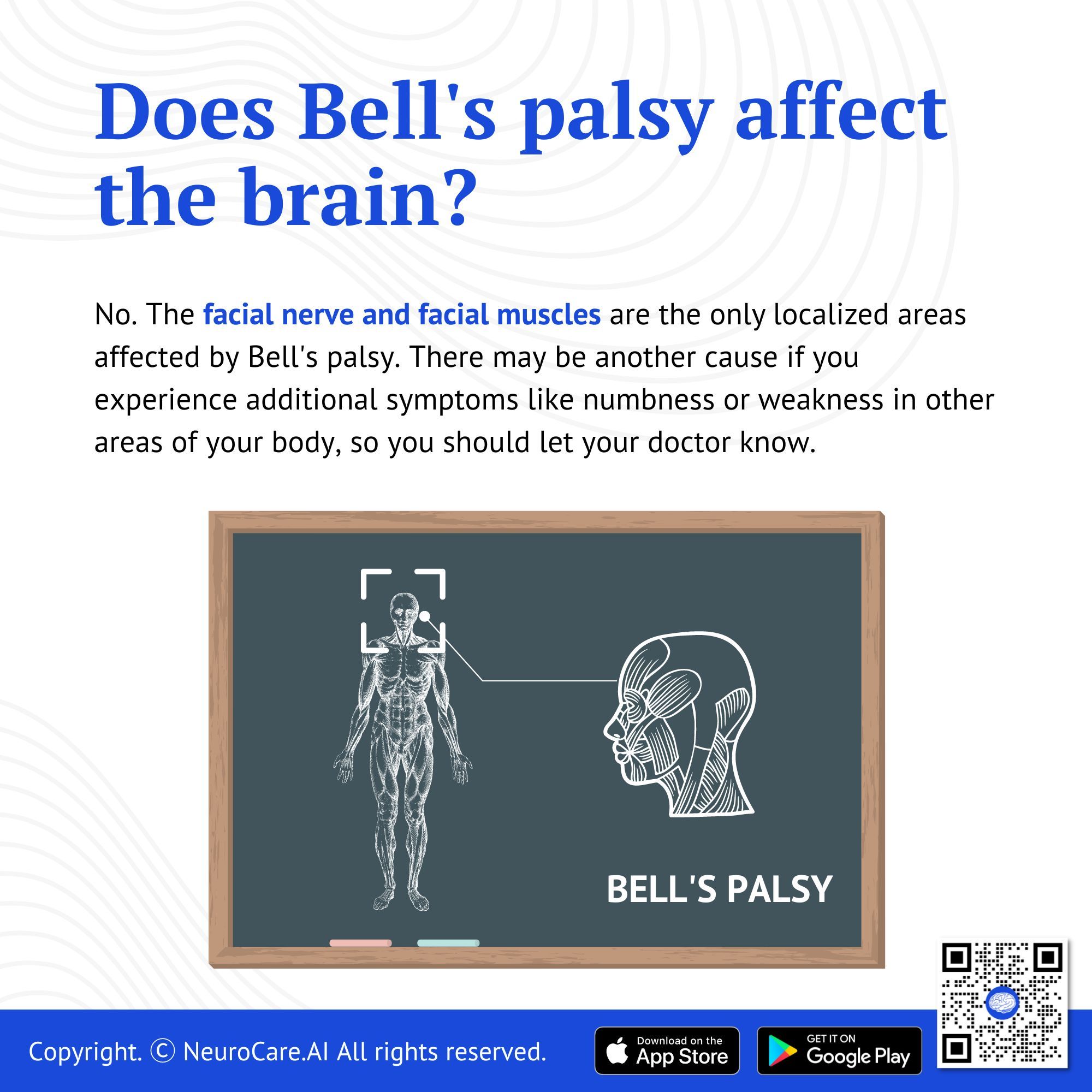
Does Bell's palsy affect the brain or other parts of the body?
No. The facial nerve and facial muscles are the only localized areas affected by Bell's palsy. There may be another cause if you experience additional symptoms like numbness or weakness in other areas of your body, so you should let your doctor know.
.jpg)
What triggers Bell's palsy?
The cause of Bell's palsy is unknown. Swelling and inflammation of the cranial nerve VII are seen in individuals with Bell’s palsy.
Most scientists believe that the reactivation of an existing (dormant) viral infection may cause the disorder. Impaired immunity from stress, sleep deprivation, physical trauma, minor illness, or autoimmune syndromes is suggested as the most likely triggers.
Several other conditions can also cause facial paralysis, for example, brain tumors, stroke, myasthenia gravis, and Lyme disease. If no specific cause can be identified, the condition can be diagnosed as Bell's palsy.
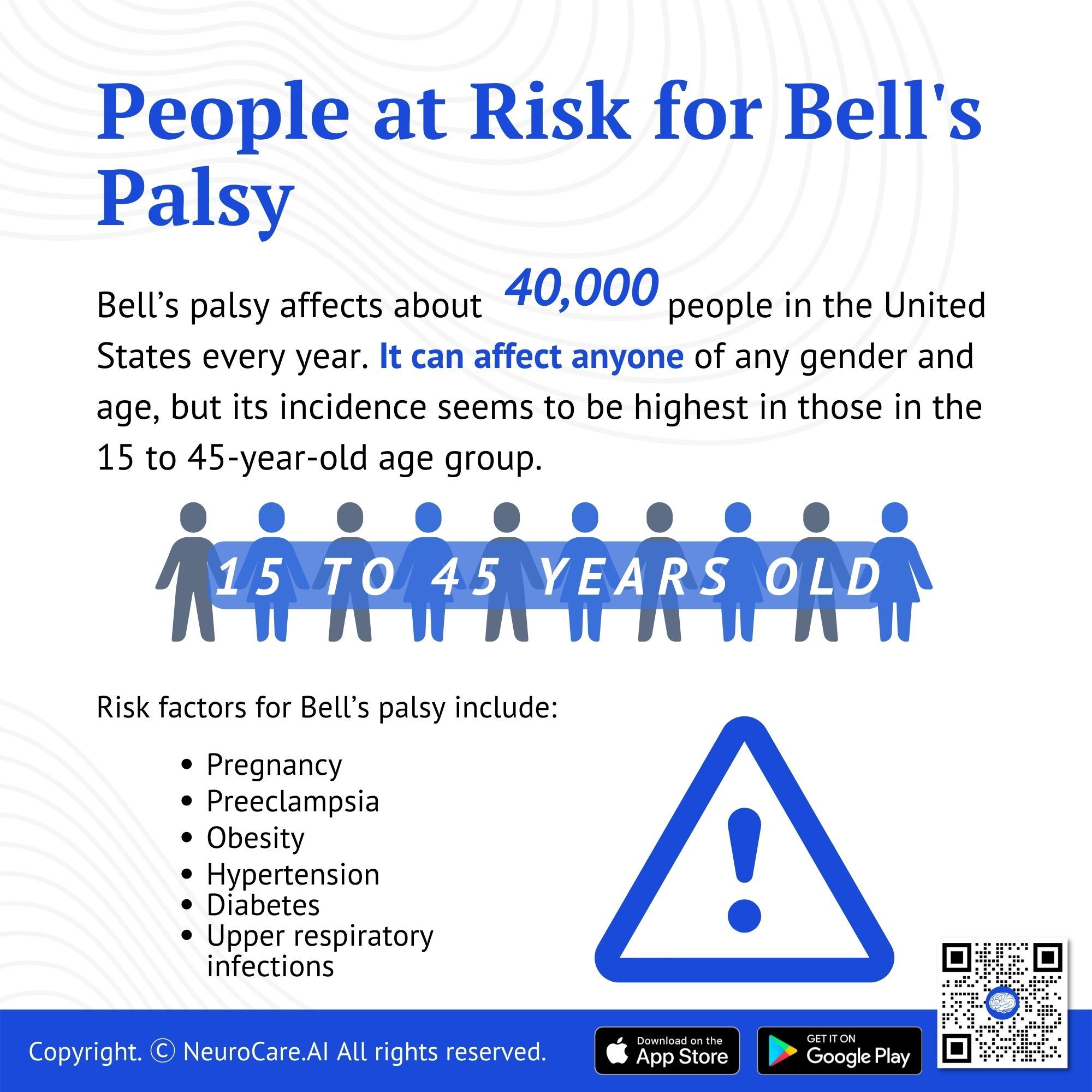
Who is at risk for Bell’s palsy?
Bell’s palsy affects about 40,000 people in the United States every year. It can affect anyone of any gender and age, but its incidence seems to be highest in those in the 15 to 45-year-old age group. Risk factors for Bell’s palsy include pregnancy, pre-eclampsia, obesity, hypertension, diabetes, and upper respiratory infections.
.jpg)
How is it diagnosed?
A diagnosis of Bell's palsy is made based on clinical presentation—acute facial nerve weakness or paralysis on one side of the face with onset in less than 72 hours—and by ruling out other possible causes of facial paralysis. There is no specific laboratory test to confirm the diagnosis of the disorder.
Generally, a physician will examine the individual for upper and lower facial weakness. In most cases, this weakness occurs in both upper and lower facial muscles, including the forehead, eyelid, and/or mouth.
Routine laboratory or imaging studies are not necessary for most cases, but sometimes they can help to confirm the diagnosis or rule out other diseases that can cause facial weakness.
- Electromyography. A test called electromyography (EMG, which uses very thin wire electrodes that are inserted into a muscle to assess changes in electrical activity that occur during movement and when the muscle is at rest) can confirm the presence of nerve damage and determine the severity and the extent of nerve involvement.
- Blood tests. Blood tests can sometimes help in diagnosing other concurrent problems such as diabetes and certain infections.
- MRI or CT Scan. Diagnostic imaging using magnetic resonance imaging (MRI) or a computed tomography (CT) scan can rule out other structural causes of pressure on the facial nerve (such as an artery compressing the nerve) and also check the other nerves.
.jpg)
How is Bell’s palsy treated?
- Medicines to reduce inflammation and swelling. For individuals with new-onset Bell’s palsy, steroids are highly likely to be effective and can increase the probability of recovery of facial nerve function. In most instances, oral steroids should be started within 72 hours of symptom onset if possible, to increase the probability of good facial functional recovery. Some individuals with co-existing conditions may not respond well to or be able to take steroid drugs.
- Medicines that help fight viruses. Due to the potential involvement of viral infection in the etiology of Bell's palsy, antiviral agents (in addition to steroids) may be prescribed and may increase the probability of recovery of facial function, although more studies are needed to clearly establish its benefits.
- Pain reliever. Analgesics such as aspirin, acetaminophen, or ibuprofen may relieve pain. Because of possible drug interactions, individuals taking prescription medicines should always talk to their doctors before taking any over-the-counter drugs.
- Protection for your eyes. Another important factor in treatment is eye protection. Bell's palsy can interrupt the eyelid's natural blinking ability, leaving the eye exposed to irritation and drying. Keeping the eye moist and protecting it from debris and injury, especially at night, is important. Lubricating eye drops, such as artificial tears or eye ointments or gels, and eye patches are also effective.
Other therapies such as physical therapy, facial massage, or acupuncture may provide a potential small improvement in facial nerve function and pain.
.jpg)
What is the prognosis?
The prognosis for individuals with Bell's palsy is generally very good. Clinical evidence of improvement occurs spontaneously within three weeks in 85 percent of cases, and most individuals eventually recover normal facial function. Some individuals may be left with mild residual facial weakness or show moderate to severe deficits. Bell’s palsy can have consequences from a previous injury or condition, such as involuntary mouth movements when trying to blink the eyes or incomplete recovery of facial muscle weakness resulting in trouble speaking or forming words (dysarthria).
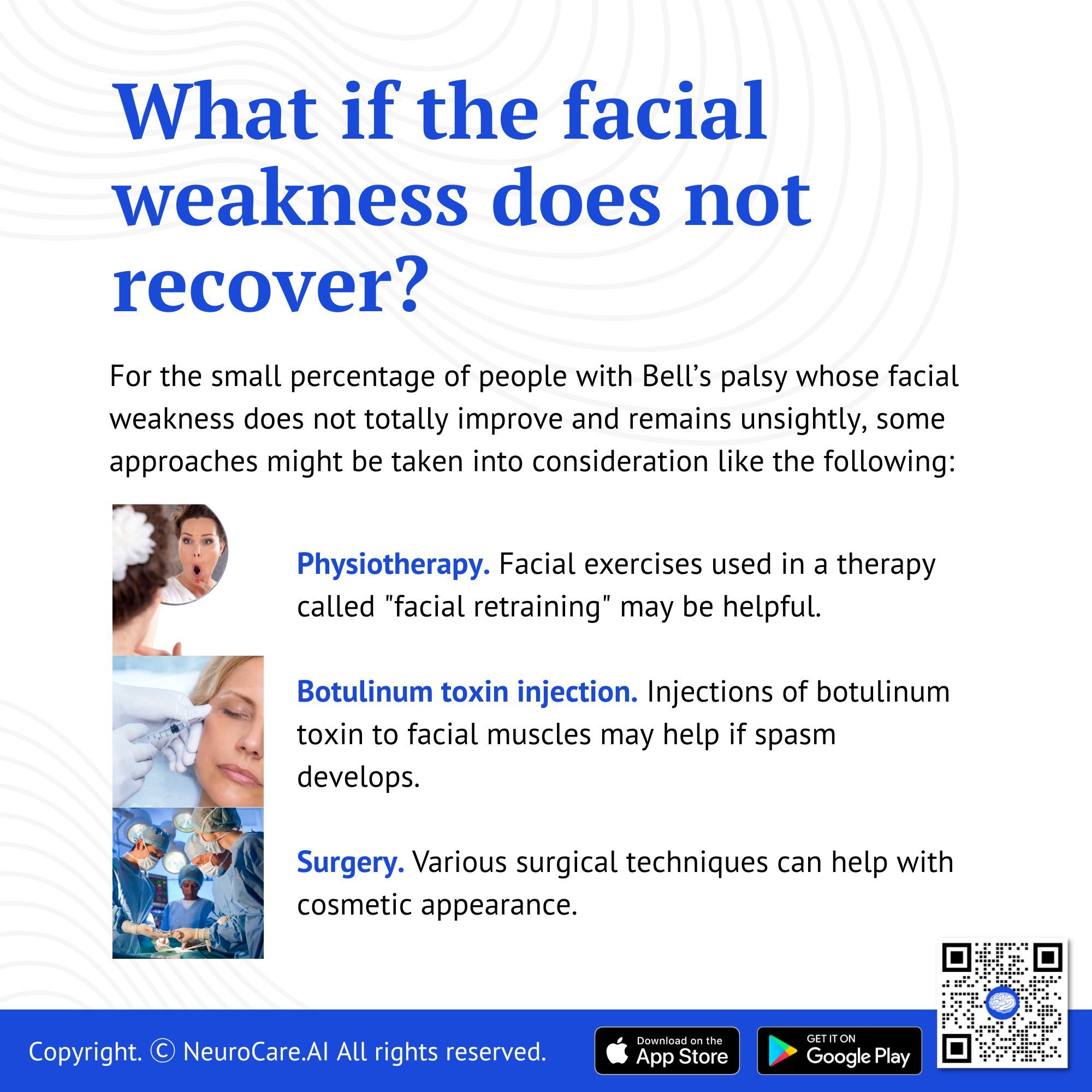
What if the facial weakness does not recover?
For the small percentage of people with Bell’s palsy whose facial weakness does not totally improve and remains unsightly, some approaches might be taken into consideration like the following:
- Physiotherapy. Facial exercises used in a therapy called "facial retraining" may be helpful.
- Botulinum toxin injection. Injections of botulinum toxin to facial muscles may help if spasm develops.
- Surgery. Various surgical techniques can help with cosmetic appearance.
.jpg)
Should I see a doctor?
Yes. If you have any symptoms of Bell's palsy, see your doctor right away. Effective treatments exist, but they work best if you start them soon after your symptoms start.
Reference:
Bell’s palsy: Pathogenesis, clinical features, and diagnosis in adults. https://www.uptodate.com/contents/bells-palsy-pathogenesis-clinical-features-and-diagnosis-in-adults#H17
DISCLAIMER:
The information in this document is for general educational purposes only. It is not intended to substitute for personalized medical professional advice. NeuroCare.AI makes every effort to provide accurate and timely information, but makes no guarantee in this regard and disclaims responsibility for adverse consequences resulting from its use. For further information, consult a physician and the organization referred to herein.
AizaMD™: Revolutionizing Clinical Documentation
Discover the power of our ambient clinical documentation system, designed to transform clinical encounters into structured SOAP notes with unmatched ease. Experience exceptional value for less than $3 per day—cheaper than your daily coffee!
- Save Time: Free up over 90 minutes daily for each provider.
- Boost Revenue: Increase daily revenue by at least $1,000 per provider.
- Enhance Coding Quality: Our detailed documentation supports superior coding accuracy, ensuring optimal reimbursement.
- Maximize Engagement and Interaction: Dedicate more time to patient care and less to typing, fostering richer and more effective conversations between clinicians and patients
AizaMD™: Automated Radiology Report Generation!
Discover our breakthrough Radiology AI reporting platform built on Ambient AI. It enhances productivity and minimizes fatigue. Benefit from best-in-class accuracy with our automated radiology report generation, all at market-leading pricing.
📈 Efficiency: Cut dictation times by up to 50% (Less words, More report!
🎯 Focus: Keep your eyes on the images, not the keyboard!
💸 Revenue: Boost revenue by at least 20%
📑 Clarity: Patient summary in plain English
